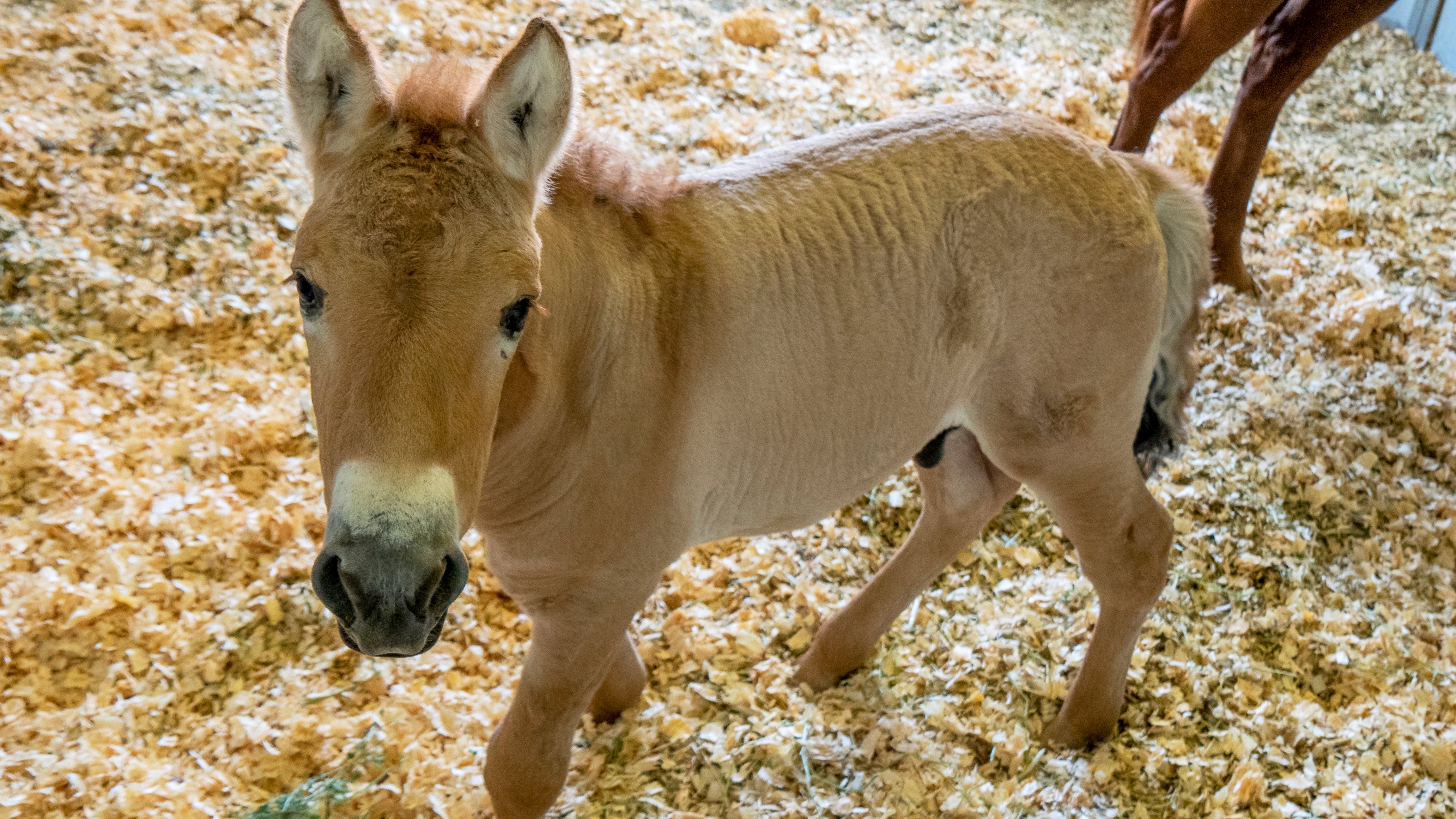Zoo clones endangered horse from cells of 40-year-old stallion
Kurt looks like any other baby horse as he frolics playfully in his pen

Your support helps us to tell the story
From reproductive rights to climate change to Big Tech, The Independent is on the ground when the story is developing. Whether it's investigating the financials of Elon Musk's pro-Trump PAC or producing our latest documentary, 'The A Word', which shines a light on the American women fighting for reproductive rights, we know how important it is to parse out the facts from the messaging.
At such a critical moment in US history, we need reporters on the ground. Your donation allows us to keep sending journalists to speak to both sides of the story.
The Independent is trusted by Americans across the entire political spectrum. And unlike many other quality news outlets, we choose not to lock Americans out of our reporting and analysis with paywalls. We believe quality journalism should be available to everyone, paid for by those who can afford it.
Your support makes all the difference.Little Kurt looks like any other baby horse as he frolics playfully in his pen. He isn't afraid to kick or head-butt an intruder who gets in his way and, when he's hungry, dashes over to his mother for milk.
But 2-month-old Kurt differs from every other baby horse of his kind in one distinct way: He's a clone.
The rare, endangered Przewalski’s horse was created from cells taken from a stallion that had sat frozen at the San Diego Zoo for 40 years before they were fused with an egg from a domestic horse.
With the egg's nucleus removed, ensuring Kurt would be basically all Przewalski's horse, they were implanted in the mare who would become his mom on Aug. 6.
The result, officials say, was the world’s first cloned Przewalski’s horse.
The zoo sees his birth as a milestone in efforts to restore the population of the horse also known as the Asiatic Wild Horse or Mongolian Wild Horse. The small, stocky animals (they stand only about 4 to 5 feet tall at the withers) are believed extinct in the wild and number only about 2,000 in zoos and wildlife habitats. Their limited gene pool puts them at a reproductive disadvantage.
“This colt is expected to be one of the most genetically important individuals of his species,” Bob Wiese, chief life sciences officer at San Diego Zoo Global, which operates the zoo, said in a statement. “We are hopeful that he will bring back genetic variation important for the future of the Przewalski’s horse population.”
Although only 2 months old, Kurt's birth was made possible in 1980 when cells were taken from a 5-year-old stallion and put in deep freeze at San Diego's Frozen Zoo facility. His father died in 1998.
Kurt was named for Kurt Benirschke, who played a key role in founding the Frozen Zoo with its extensive research program and cell cultures.
“A central tenet of the Frozen Zoo, when it was established by Dr. Benirschke, was that it would be used for purposes not possible at the time,” said Oliver Ryder, director of genetics at San Diego Zoo Global.
The zoo worked in collaboration with the California conservation group Revive & Restore and the Texas-based company ViaGen Equine in creating Kurt.
He was born at a veterinary facility in Texas where he'll continue to live with his mother for most likely another year.
Eventually he'll be integrated into the zoo's Przewalski’s horse population, where it's hoped someday he'll become a father himself.
Przewalski's horses take their official name from Russian explorer Nikolai Przewalski, who found a skull and hide of one and shared it with a Russian museum.
At one time they ranged throughout Europe and Asia, according to the Smithsonian's National Zoo and Biology Conservation Institute. Encroaching human population and livestock eventually pushed them out of Europe and east to parts of Asia like the Gobi Desert. Outside of zoos, they exist today only in reintroduction sites in Mongolia, China, and Kazakhstan.
According to the Smithsonian, they are the only true wild horses left in the world. The institute maintains wild horse herds in North America and Australia don't count because they are the ancestors of escaped domesticated horses.